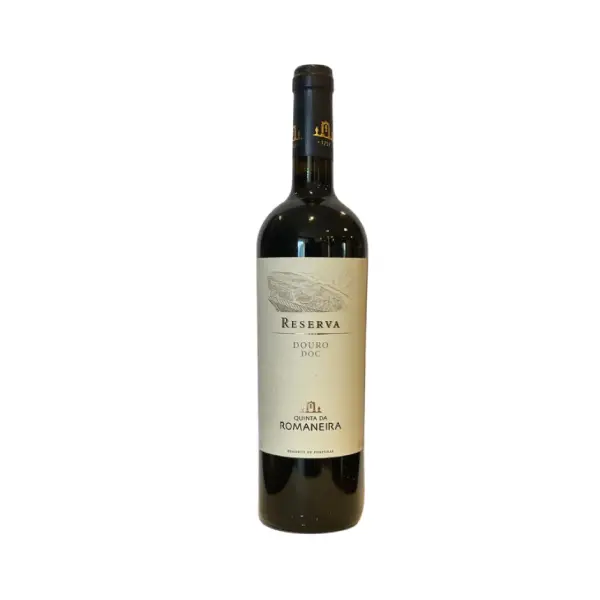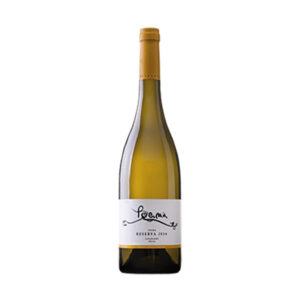Description

18th & 19th CENTURIES
In 1757, at the time of the Pombaline demarcations, there were already parcels of vineyards as well as some of the Quintas that would become part of Romaneira. Thus, 1757 is only the year of the Quinta's official registration (made during the demarcations decided by the Marquês de Pombal), since the vineyards would have already been planted a few decades earlier.
Father Vilaça Bacelar inherited the lands of Romaneira in 1844 and it did not go unnoticed by Joseph James Forrester when he created his engraving of Rua Nova dos Ingleses (today, Rua Infante D. Henrique). The priest is among the few Portuguese figures residing in Porto to be portrayed, obviously accompanied by numerous English people. Interestingly, since 2011, Romaneira has had its commercial office on that same street in the city of Porto.
Romaneira also appears on the famous Map of Baron de Forrester, from 1843, under the name “Quinta dos Reis”. The abundance of Rosmaninho later gave the property its current name.
Still in the 19th century, Joaquim de Souza Guimarães (whose initials are present at the top of the gate of one of the Quinta's houses, with the date 1854) had the glory of having produced the Port wines of 1861 and 1863, which the famous English auction house “Christie's” bid in 1872. It was a clear indication of the brand's prestige, considering it was the first “Single Quinta” Port to be auctioned there.
There are several mentions of the property in works by great 19th century authors, such as Henry Vizetelly, who dedicated himself to the study of Port Wine. The Viscount of Vila Maior also classifies Romaneira wine as “one of the best in the Douro, notable for its smoothness, body and aroma”. The same Viscount assumed that the “Tempranillo” grape variety was originally imported from Spain and introduced for the first time in the Douro in Romaneira, later being nicknamed “Tinta Roriz” in the region.
20TH CENTURY
In 1942, Arnaldo Dias Monteiro de Barrros would buy Romaneira, integrating several neighboring farms that he had acquired in the meantime, which made Romaneira a gigantic property (by Douro standards).
XXI CENTURY
In 2004, Christian Seely (responsible, since 1993, for the revival of another distinguished Douro property, Quinta do Noval) turned his dream into reality, bringing together a group of investors (mostly French) to enable the acquisition of Romaneira, a property with 412 hectares and more than 3 kilometers of river front.
At the end of 2012, Romaneira would have André Esteves as a partner, a Brazilian businessman, also passionate about the Douro region. With the two partners sharing the same dream, the Quinta is consolidating itself in the elite group of the Douro. Quinta da Romaneira is today, after more than 260 years of existence, at its best. Many of the vineyard plots continue to bear the name of the old pre-phylloxeric Quintas that gave rise to the property in its current extension: Liceiras, Carrapata, Malhadal, Barca, Bairral and Pulga – most of them classified in the Pombaline demarcations of 1757 as producers of “Vinho de Feitoria” (the highest quality at that time – with export capacity through Feitoria Inglesa do Porto).






